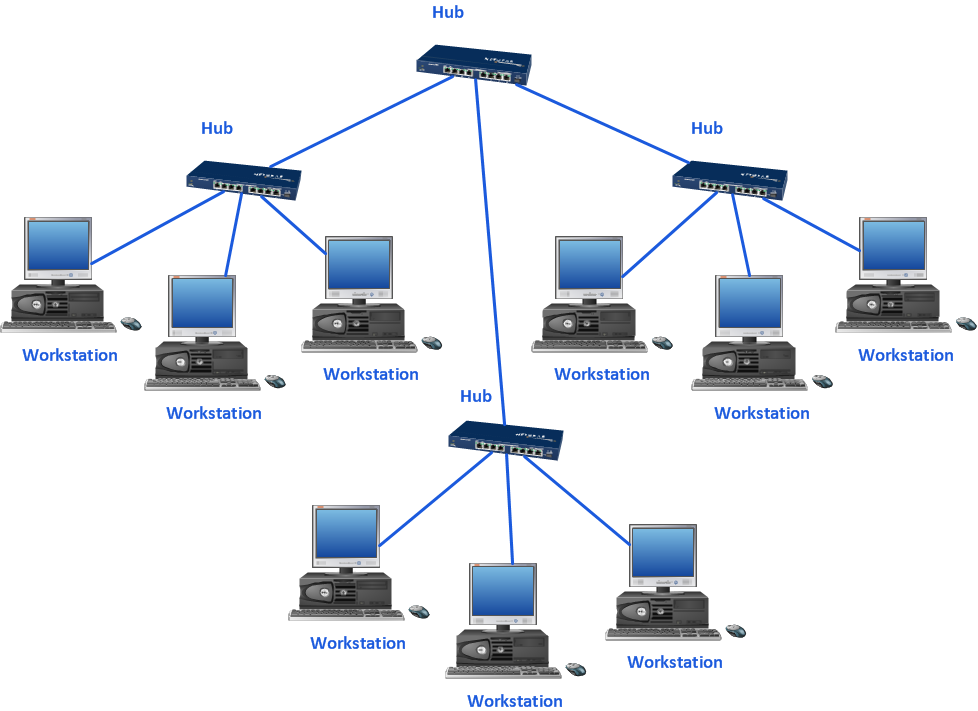Mac Diagramming Software
ConceptDraw PRO software is the best Mac diagramming software for drawing any type of diagrams. Its rich set of samples and templates, and specific features to draw with great visual appeal on Mac OS X.- Decision Pro Con Chart
- Process Flow Chart | Best Value Stream Mapping mac Software ...
- Decision Making Pros And Cons List
- Basic Flowchart Symbols and Meaning | Business Diagram Software ...
- MS Visio Look a Like Diagrams | ConceptDraw PRO Compatibility ...
- Organization Chart Software | Influence Diagram Software | Decision ...
- Decision Tree In Software Engineering With Example
- Pyramid Diagram | Process Flowchart | Decision Making Software ...
- Decision Making Software For Small Business | Basic Flowchart ...
- Decision Making | Influence Diagram | Fault Tree Diagram | Decision ...
- Basic Flowchart Images. Flowchart Examples | Decision Making ...
- Decision Making Software For Small Business | Data Flow Diagram ...
- Process decision program chart (PDPC) - Personal activity | Process ...
- Wireframing | Wireframe Examples | Decision Making Software For ...
- Decision Making Software For Small Business | Cross-Functional ...
- Basic Flowchart Symbols and Meaning | Decision Making Software ...
- Influence Diagram Software | Workflow Diagram | Risk diagram ...
- Basic Flowchart Symbols and Meaning | Decision Making Software ...
- Decision Making | Influence Diagram Software | Influence Diagram ...
